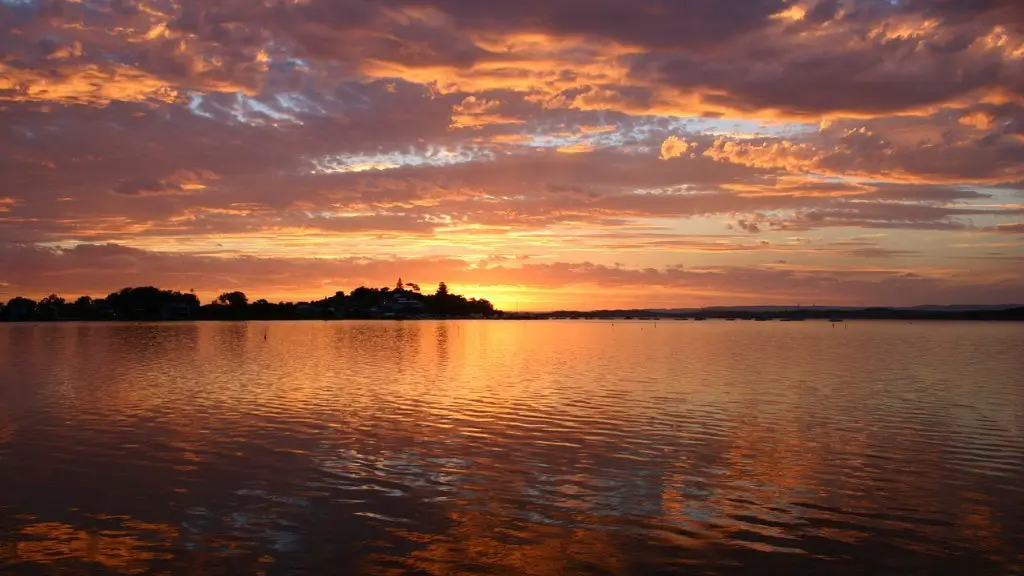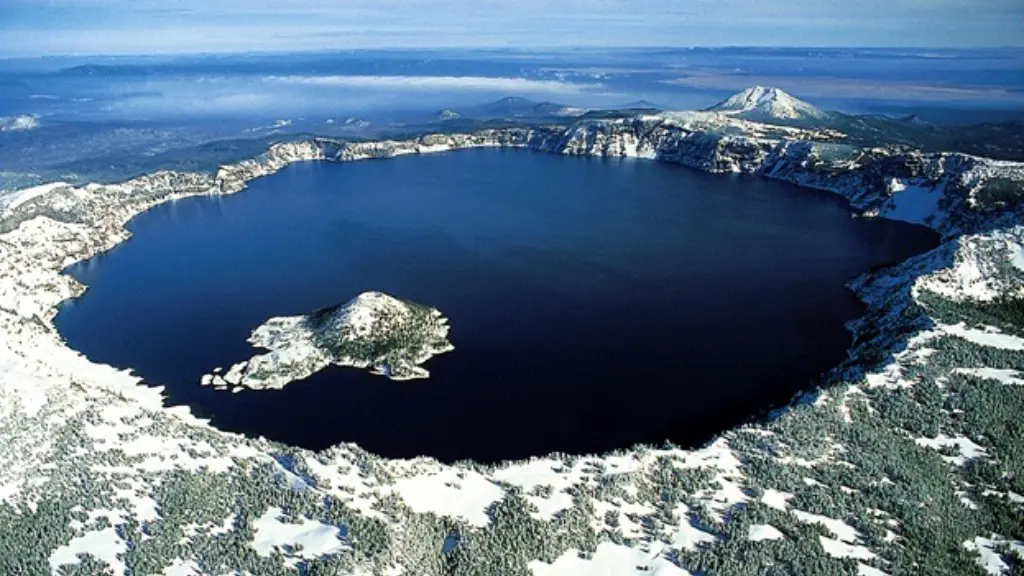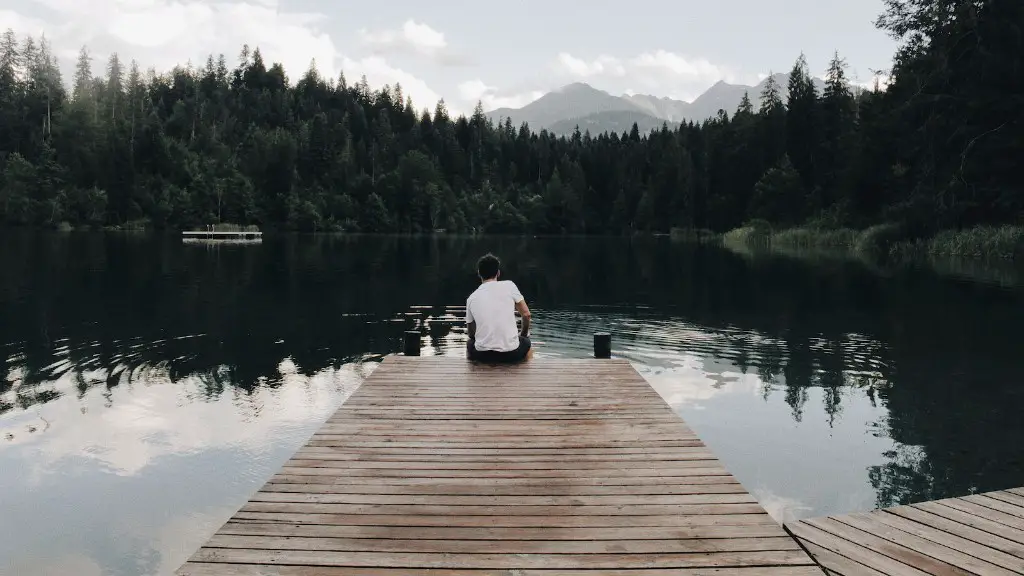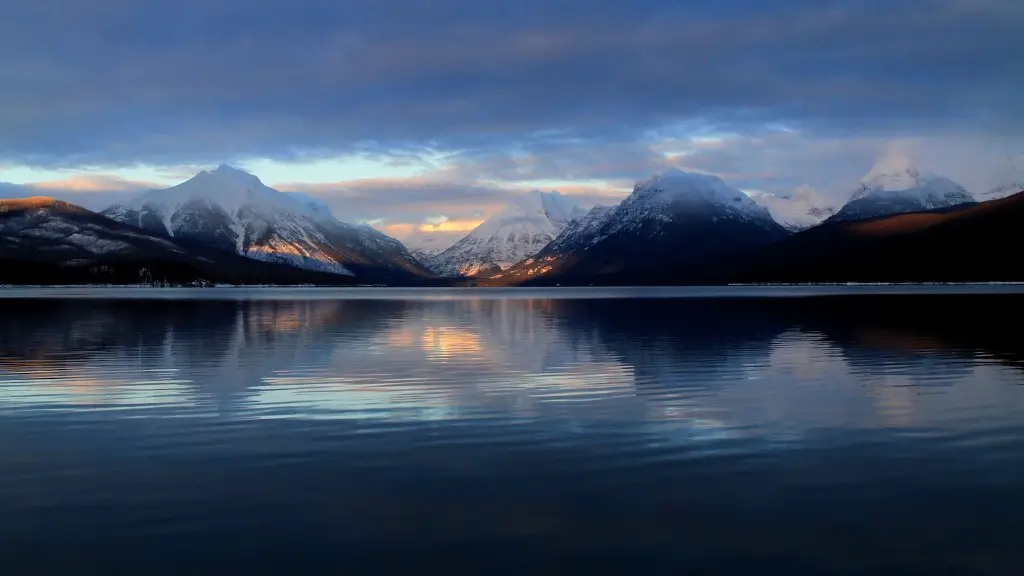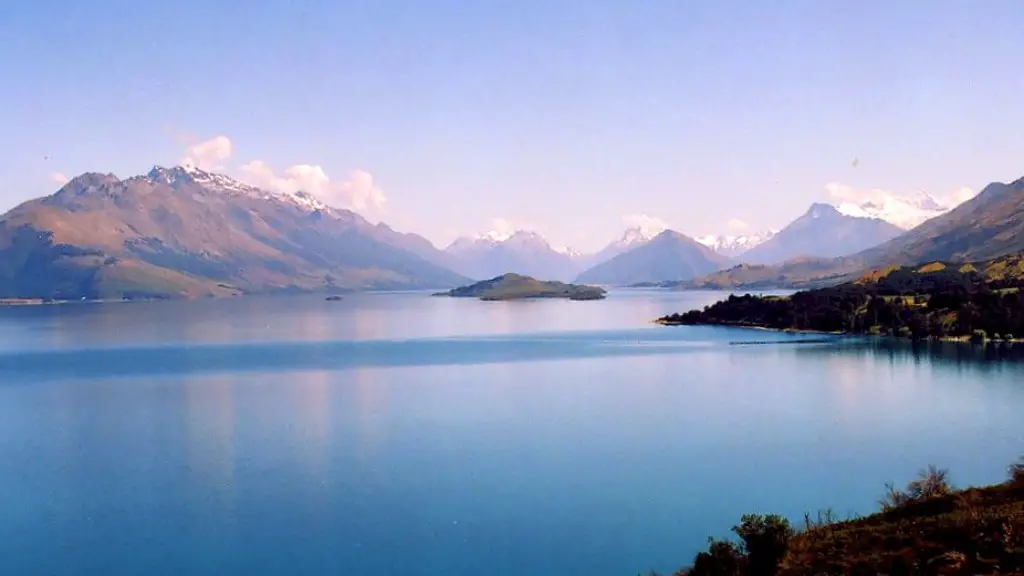Lake Superior, the largest of the five Great Lakes, is home to an array of aquatic life. Of the hundreds of species of fish that live in fresh or brackish water, just how many are in Lake Superior?
As the native fish of Lake Superior have coexisted within its unique ecosystem for over 10,000 years, their numbers and populations have risen and declined for a variety of reasons. According to the Great Lakes Fishery Commission, the number of fish species in the lake is estimated to be between 63 and 71.
“Lake Superior has experienced drastic alterations to its fish population due to human intervention,” said fisheries biologist, Dr. Bridget Hillfield. “The most notable changes are likely to have come from human pathways and introductions, such as the introduction of exotic species, habitat destruction from fisheries, and large scale modifications to the hydrology of the lake.”
The variety of species that make up the fish population of Lake Superior serves as a source of nutrition, recreation, and biodiversity. By understanding the genera and genus of fish in the lake and the roles that they play, fishers can sustain a healthy balance of fish life in the lake. Some of the fish species found in Lake Superior include lake trout and lake whitefish, northern pike, muskellunge, smallmouth and largemouth bass, yellow perch, walleye, and various species of minnow.
As pollution, overfishing, and other changes have caused fluctuations in the population of certain species in the lake, it’s clear that conservation efforts will need to be put in place in order for Lake Superior’s fish populations to remain healthy. Dr. Hillfield added, “Conservation efforts play a vital role in ensuring that the fish populations in Lake Superior are protected from potential threats. We must continue to not only protect the lake from invasive species, habitat destruction, and other factors, but also to promote the practices of catch and release.”
Balancing Human Use and Conservation of Fish
It is important to maintain a balance between human use and conservation of fish in Lake Superior. Each year, an estimated 2 million anglers fish in the lake. The Michigan Department of Natural Resources, along with the Great Lakes Fishery Commission, are responsible for enforcement of fishing regulations and proper use of the lake. These regulations ensure that fishing is carried out responsibly, so that the fish population can stay healthy and support the local economy.
In addition to anglers, commercial fishing operations are a major industry in Lake Superior. With the right licenses and permits, fishermen can take part in a variety of activities for the commercial harvest of fish. Regulations for commercial fishing activities in the lake are regularly updated to reflect the health of the fish stocks and the changing environment.
These regulations include catch limits, size limits, time limitations, and guidelines for sustainable fishing practices. All of these regulations help to ensure that the fish populations in Lake Superior remain healthy and that these fish are available for anglers and commercial fishing operations alike.
The Impact of Climate Change on Fish in Lake Superior
Climate change is one of the greatest threats facing fish populations in Lake Superior. Recent studies of the lake have shown that the water temperatures are steadily increasing due to global warming. As the water temperatures rise, the oxygen levels in the lake begin to decrease, resulting in stress on the fish population.
Warming lakes also lead to an increase in the number of invasive species, as well as a decrease in the natural fish populations due to competition for food and habitat. These changes can have devastating consequences for not only the fish population, but for the local economy as well. The impact of climate change on the fish species in Lake Superior cannot be understated.
Scientists are working hard to assess and mitigate the effects of climate change on the lake. By studying the changes in the water temperature, oxygen levels, and fish population, they can gain a better understanding of how to protect the environment. By utilizing conservation practices and educating the public, they can ensure that the health of the Lake Superior’s fish population is maintained into the future.
Habitat Restoration and Rehabilitation Programs
In addition to conservation efforts and regulations, a number of habitat restoration and rehabilitation programs have been put in place in order to protect the fish of Lake Superior. These programs focus on restoring natural habitats, increasing spawning grounds, and increasing the population of native fish in the lake.
One such program is the Great Lakes Fish Habitat Partnership, which works with local and state organizations to restore, enhance, and protect aquatic habitats for fish species in Lake Superior. The partnership seeks to restore native habitats and protect them from the threat of invasive species, as well as to promote sustainable practices for anglers and commercial fishermen alike.
The Michigan Department of Natural Resources also works to rehabilitate native fish populations in Lake Superior. By monitoring, protecting, and maintaining fish populations, they are able to ensure that the fish of the lake can thrive and be available for fishing in the future.
In addition to these programs, a number of non-profit organizations, such as the Great Lakes Sport Fishing Council, are also focused on the conservation and preservation of the fish in Lake Superior. These organizations seek to protect and enhance the lake’s fish populations, as well as to promote sustainable fishing practices.
Conclusion
Due to conservation and habitat restoration efforts, the fish population in Lake Superior has remained stable in recent years. With the right management strategies in place, and the continued efforts of organizations such as the Great Lakes Fish Habitat Partnership, the fish species of Lake Superior can continue to thrive and support the local economy for years to come.
